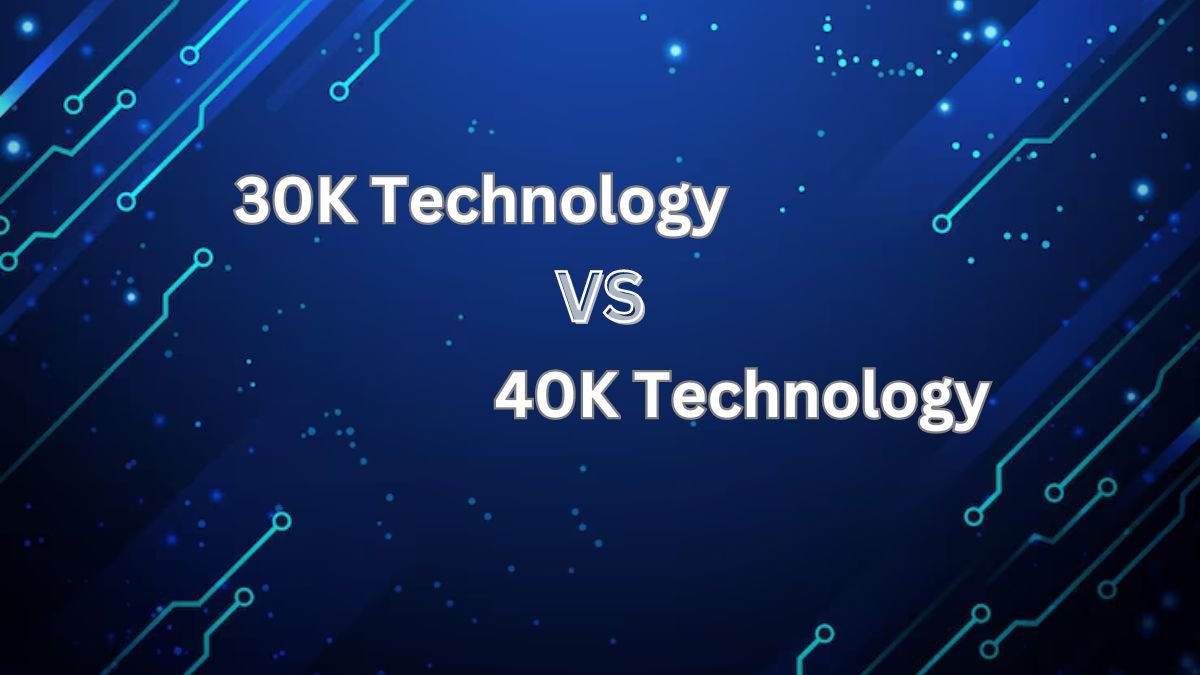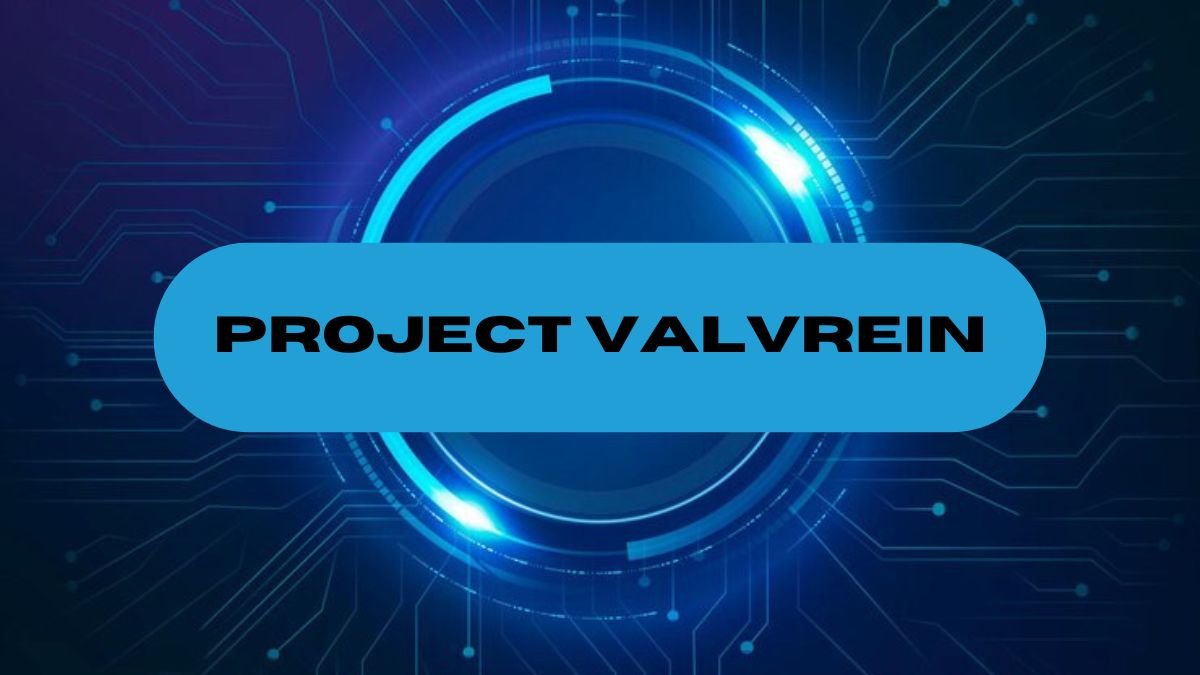When we discuss technology, the progression from one generation to the next often involves significant changes and improvements. In the realm of advanced technology, particularly in areas like gaming, computing, and industry-specific applications, comparing different generations can provide insight into how far we’ve come and what the future holds. In this article, we’ll explore the key differences between 30K Technology vs 40K , helping you understand their implications and what sets them apart.
Overview of 30K Technology
30K technology, often referring to the technology available around the year 2010, represents a stage of significant advancement from earlier technologies but not as advanced as today’s state-of-the-art solutions. This generation saw the rise of multi-core processors, improved graphics capabilities, and the beginning of widespread high-definition displays.
Key Features of 30K Technology
Processing Power:
The introduction of multi-core processors allowed for better multitasking and performance improvements. These processors, typically dual or quad-core, offered substantial boosts in speed and efficiency compared to their single-core predecessors.
Graphics and Display:
Graphics technology saw considerable upgrades, with more powerful GPUs enabling better visuals and smoother gameplay. High-definition (HD) displays became more common, offering improved clarity and detail.
Connectivity:
Improved connectivity options, including faster USB standards and the early stages of Wi-Fi advancements, began to enhance data transfer rates and wireless internet speeds.
Transition to 40K Technology
As we moved into the next decade, 40K technology, representing advancements from around 2020 onward, brought about even more significant changes. This generation of technology is characterized by further enhancements in processing power, graphics, and connectivity, as well as the introduction of new paradigms such as artificial intelligence and machine learning.
Key Features of 40K Technology
Enhanced Processing Capabilities:
The latest processors, often with more cores and advanced architectures, provide unprecedented performance levels. These advancements allow for faster data processing, improved energy efficiency, and the ability to handle more complex tasks.
Next-Gen Graphics:
Graphics technology has advanced with the introduction of real-time ray tracing, which offers more realistic lighting, shadows, and reflections. 4K and 8K displays are now more accessible, providing stunning visual clarity.
Advanced Connectivity:
The rollout of 5G technology has revolutionized connectivity, offering ultra-fast internet speeds and low latency. Additionally, improvements in Bluetooth and Wi-Fi standards have enhanced wireless communication.
Artificial Intelligence and Machine Learning:
AI and machine learning are integral to 40K technology, driving innovations in various fields from healthcare to entertainment. These technologies enable systems to learn from data and make intelligent decisions.
Comparing Performance: 30K vs 40K
When comparing the performance of 30K and 40K technologies, the differences are stark. The 40K era brings significant upgrades in processing power, graphics quality, and overall efficiency. For instance, while a 30K processor might handle everyday tasks with ease, a 40K processor can manage complex computations and multitasking with remarkable speed and precision.
Impact on Gaming and Entertainment
The gaming industry has seen transformative changes between the 30K and 40K eras. Games designed for 30K technology were impressive at the time but often lacked the realism and detail of today’s titles. With 40K technology, games now feature advanced graphics, immersive environments, and more dynamic gameplay experiences. The introduction of technologies like virtual reality (VR) and augmented reality (AR) has also enhanced the gaming landscape.
Impact on Computing and Work
For computing and professional work, 40K technology offers tools and applications that are more capable and efficient. Advanced processors and improved software capabilities allow for better handling of large datasets, complex simulations, and high-resolution media. Professionals in fields such as data science, engineering, and creative industries benefit from these advancements.
Future Trends: What’s Next After 40K?
As technology continues to evolve, we can anticipate further advancements beyond the 40K era. Emerging trends may include even more sophisticated AI capabilities, breakthroughs in quantum computing, and continued enhancements in connectivity. Staying abreast of these developments will be crucial for leveraging the latest innovations.
Conclusion:
The transition from 30K Technology vs 40K highlights the rapid pace of technological advancement and its impact on various aspects of our lives. While 30K technology laid the groundwork for modern innovations, 40K technology has introduced new possibilities and capabilities. Understanding these changes helps us appreciate the strides we’ve made and prepares us for future advancements.
FAQs
What is the main difference between 30K Technology vs 40K ?
The main differences are in processing power, graphics quality, and connectivity advancements. 40K technology offers superior performance and new capabilities compared to 30K.
How does 40K technology impact gaming?
40K technology enhances gaming with more realistic graphics, advanced features like ray tracing, and immersive experiences such as VR and AR.
What role does AI play in 40K technology?
AI in 40K technology drives innovations across various fields, enabling systems to learn from data and make intelligent decisions.
Will there be a significant leap beyond 40K technology?
Yes, future trends may include advancements in quantum computing, more sophisticated AI, and continued improvements in connectivity.
How can businesses benefit from 40K technology?
Businesses can leverage 40K technology for more efficient data processing, advanced simulations, and improved productivity through cutting-edge tools and applications.











